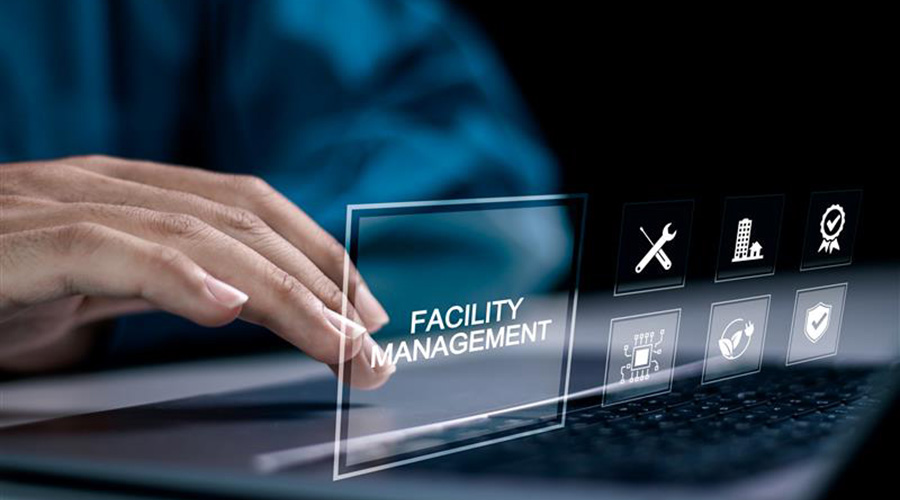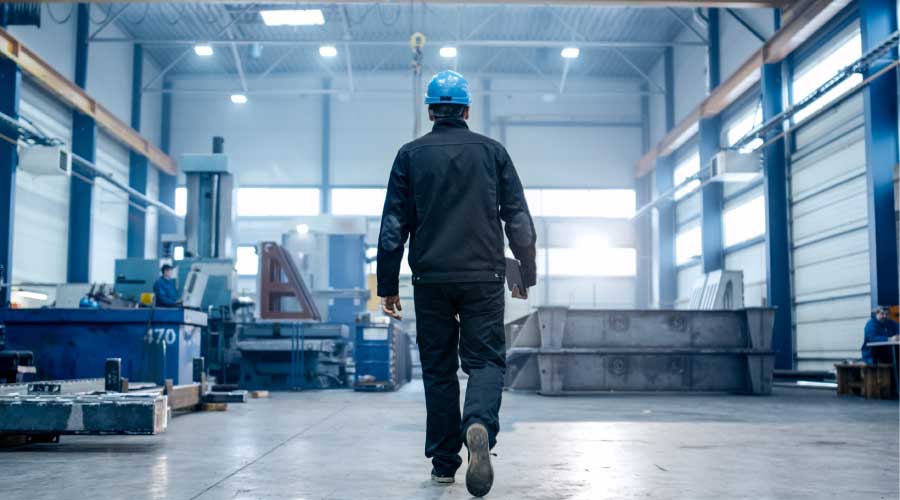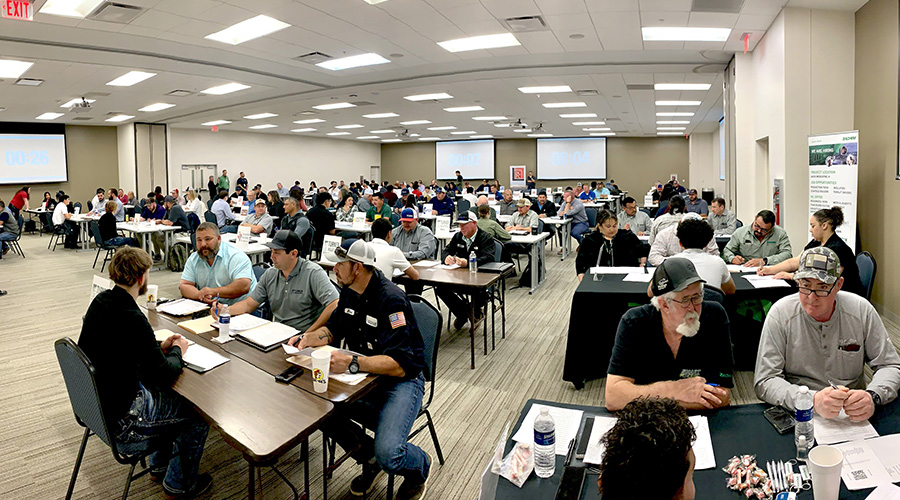 Upgrades to higher education facilities present maintenance and engineering managers with unique challenges.
Upgrades to higher education facilities present maintenance and engineering managers with unique challenges.Understanding System Specifics To Ensure Successful HVAC Upgrades
Strategies for identifying opportunities and scoping system upgrades to produce bottom-line benefits
The primary goal of many upgrades and renovations to higher education facilities is to increase overall energy efficiency. Although this goal can be cost-restrictive during the budgeting and construction phases, trying to incorporate it into the process later can be even costlier.
From an energy-savings perspective, it is best for managers to be present during these design- phase meetings in order to help avoid costly reductions during any value-engineering exercise. Managers can remind the team that it is much cheaper to change these options on paper during the documentation phase than it is to amend them in the field or change them at a later date.
Typically, the two largest energy-using systems for a higher education facility are HVAC and lighting. By focusing budgets on making upgrades to these systems, managers will be able to deliver a significant decrease in long-term energy costs and an appealing return on investment.
Due to the large square footage of many higher education facilities, upgrading HVAC designs is an important task in providing energy savings. One of the most effective ways of managing energy use in HVAC system designs is by reclaiming energy and controlling the amount of energy used via heat- and energy-recovery systems. Newer HVAC strategies and technologies over the last several years have found innovative solutions using variable-refrigerant flow (VRF) heat pumps in conjunction with heat- and energy-recovery ventilators.
Variable air volume (VAV) boxes can help control the amount of air flow the HVAC system provides to each zone. Because VAVs control the amount of airflow leaving and entering the system, designers can include a pressure transducer in the HVAC system to control the speed of the system fan via a variable-frequency drive. This approach forces the system’s fan to pull less energy when it is not needed and makes more efficient use of the airflow when the system is running.
Incorporating this type of system with a smart control strategy can have significant energy savings, including using carbon dioxide (CO2) monitoring wall sensors. These monitoring systems typically are designed for a lower airflow setpoint that will increase only when a threshold of CO2 is exceeded, indicating a higher occupancy level in the space from human CO2 exhalation. This approach allows the system to be designed with increased diversity, decreasing the overall fan sizing and use for a facility.
Heat-recovery VRF systems allow the air conditioning system to operate simultaneously in heating and cooling modes via modulation and deliver refrigerant to each unit based on the heating or cooling demand of the evaporator.
This strategy is most effective when separate zoning requires simultaneous heating and cooling throughout a building. Heat-recovery VRF systems are effective for applications in which the facility has rooms that require cooling all year round, such as data infrastructure and lab spaces that can reject the heat from the refrigerant cycle for use on the heating side.
Using either branch controllers or a three-pipe system, the system controls which units are provided with heating and which with cooling to maximize savings. This system uses energy rejected by cooling coils that otherwise would be discharged into the atmosphere and repurpose it for the heat pump heating cycle.
Another option is to use a recovery system that is within ventilation strategy. There are two types of equipment for this application — energy-recovery ventilators and heat-recovery ventilators. Both ventilators typically use building exhaust to precondition outside air, taking advantage of the energy or heat in the exhaust systems.
The main difference is that energy-recovery units use an energy-recovery wheel to transfer enthalpy — heat or cooling and humidity — between the exhaust and incoming outdoor air, while a heat-recovery ventilator uses a wheel or heat-exchange-type system that only recovers heat with no exchange in humidity. This preconditioning of incoming outside air reduces the energy used to meet space conditions. Although this does not remove the need for mechanical heating and cooling, it does save energy and potentially allow for a resizing of the heating or cooling system.
Related Topics:














